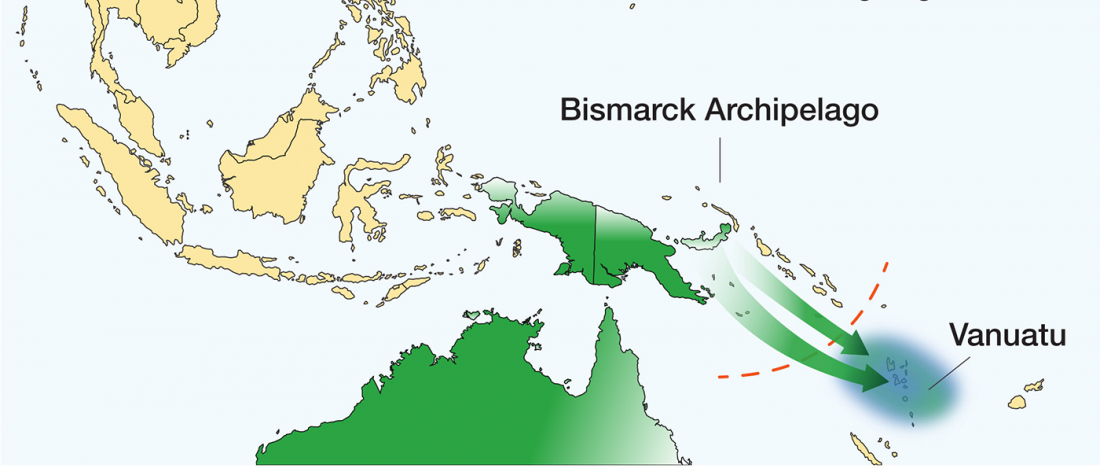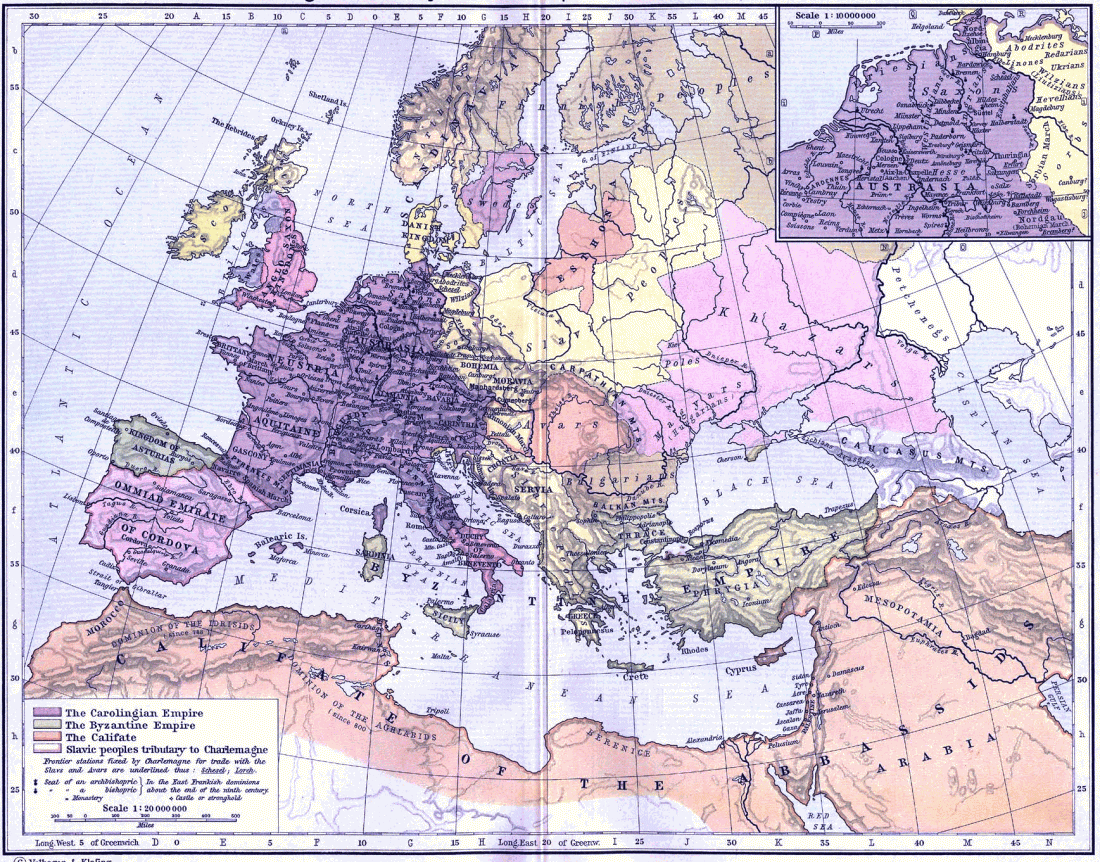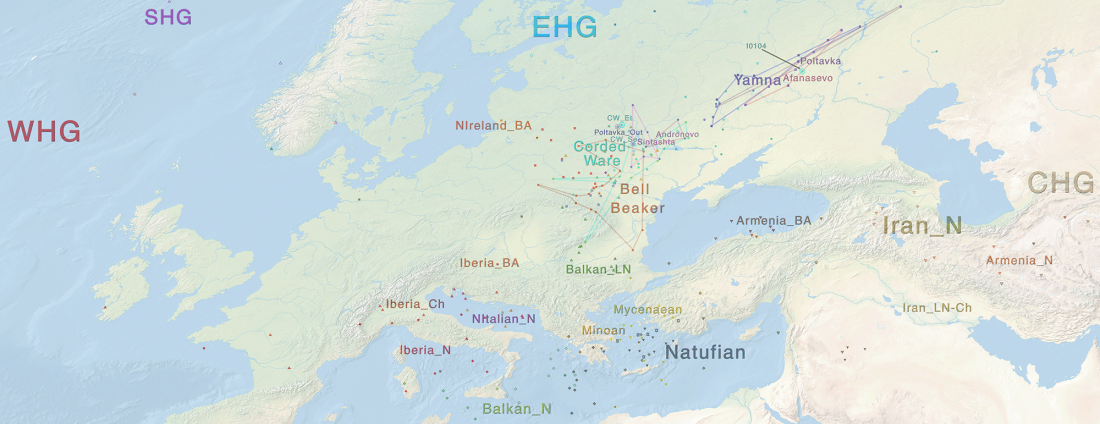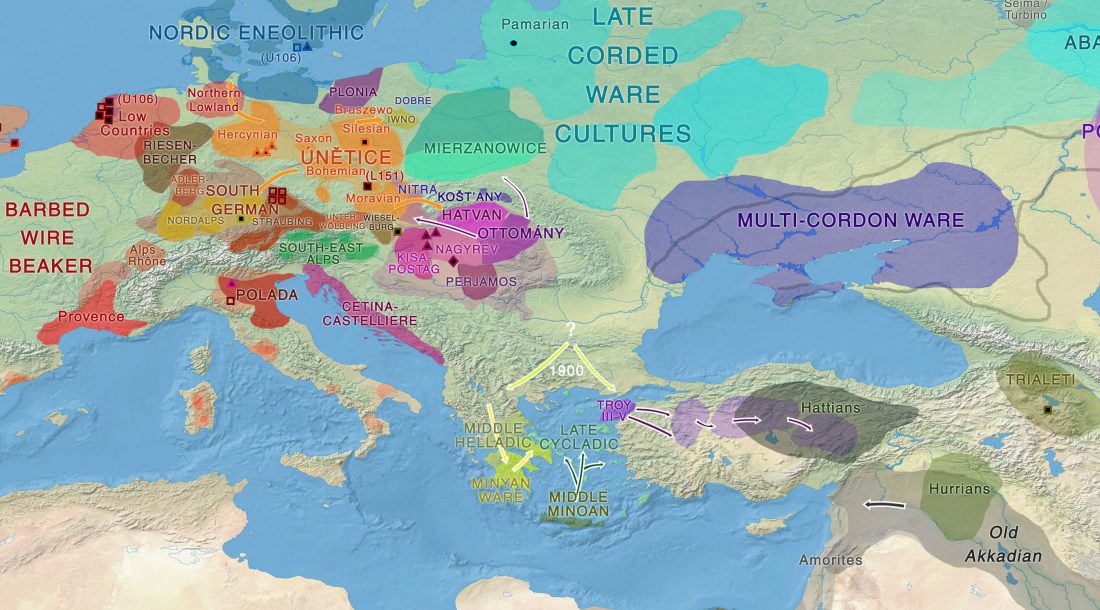The waves of disinformation are already here, putting the blame again on the European Union, as in the Financial Crisis of 2008. After years of negligent state policies promoted or tolerated by ruling political parties and social majorities of each country in the EU, which have led directly to yet another avoidable crisis. After years of state inactivity in the supranational political arena, hindering European social integration, and stripping EU institutions of any real power. The culprits are, again, not we, but they: evil and foreign hands pulling invisible strings from Brussels. The Age of Populism at its … Read the rest “Winds of change and our shared European past”
Tag: ethnic
Language continuity despite population replacement in Remote Oceania
New article (behind paywall) Language continuity despite population replacement in Remote Oceania, by Posth et al., Nat. Ecol. Evol. (2018).
Abstract:
… Read the rest “Language continuity despite population replacement in Remote Oceania”Recent genomic analyses show that the earliest peoples reaching Remote Oceania—associated with Austronesian-speaking Lapita culture—were almost completely East Asian, without detectable Papuan ancestry. However, Papuan-related genetic ancestry is found across present-day Pacific populations, indicating that peoples from Near Oceania have played a significant, but largely unknown, ancestral role. Here, new genome-wide data from 19 ancient South Pacific individuals provide direct evidence of a so-far undescribed Papuan expansion into Remote Oceania starting ~2,500 yr BP, far earlier than previously
We are all special, which also means that none of us is
Adam Rutherford writes You’re Descended from Royalty and So Is Everybody Else – Anybody you can name from ancient history is in your family tree, which I discovered via John Hawks’ new post The surprising connectedness of human genealogies over centuries.
Excerpt:
… Read the rest “We are all special, which also means that none of us is”One way to think of it is to accept that everyone of European descent should have billions of ancestors at a time in the 10th century, but there weren’t billions of people around then, so try to cram them into the number of people that actually were. The math that falls out of that apparent impasse
Human ancestry: how to work your own PCA, ADMIXTURE analyses for human evolutionary and genealogical studies
I wrote two days ago in the post anouncing the revised version (October 2017) of the Indo-European demic diffusion model, about dumping the information I had on doing PCA and ADMIXTURE analyses as ‘drafts’, without reviewing them, in the new section of this website called Human Ancestry.
I had some time today to review them, and to correct gross mistakes in the texts, so that they might be more usable now…
I began to work with free datasets to see if I could learn something more about results of recent Genetic research by working with the available … Read the rest “Human ancestry: how to work your own PCA, ADMIXTURE analyses for human evolutionary and genealogical studies”
The over-simplistic “Kossinnian Model”: homogeneous peoples speaking a common language within clearly delimited cultures
There seems to be a growing trend to over-simplistic assumptions in archaeology and linguistics, led by amateur and professional geneticists alike, due to the recent (only partially deserved) popularity of Human Evolutionary Biology.
These studies are offering ancient DNA samples, whose Y-DNA and mtDNA haplogroups and admixture analyses are showing some new valuable information on ancient cultures and peoples. However, their authors are constantly giving uninformed conclusions.
I have read a good, simple description of the Kossinnian model in the book Balkan Dialogues (Routledge, 2017), which has been shared to be fully read online by co-editor Maria Ivanova.… Read the rest “The over-simplistic “Kossinnian Model”: homogeneous peoples speaking a common language within clearly delimited cultures”




